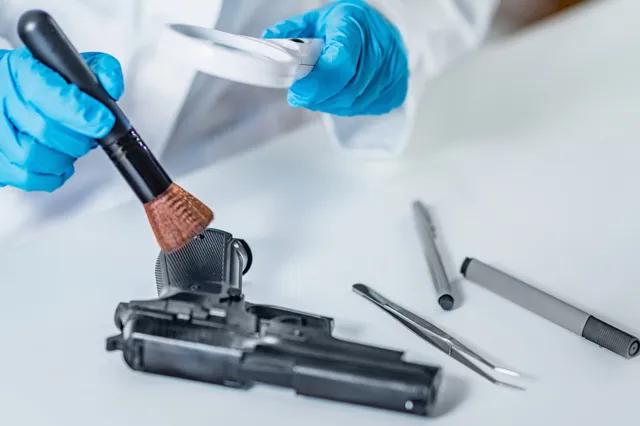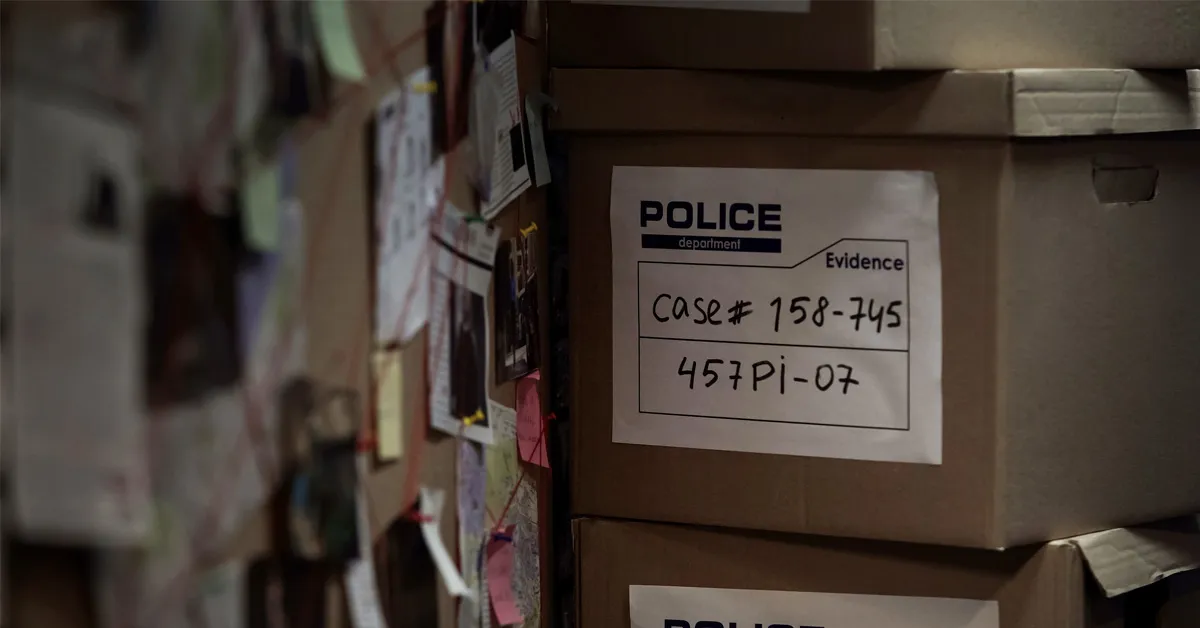Tattoos, birthmarks, height, weight, motor vehicle information … all of these seemingly minor details, when entered into a case management solution, can actually make a big difference in whether a criminal case is solved or not.
As law enforcement personnel know, most criminals do not commit one isolated incident and then call it a day. According to a study by the Bureau of Justice, two-thirds of prisoners were rearrested within three years of their release and three-quarters within five years.
And those numbers reflect only those criminals that were arrested. In 2015, 46% of violent crimes and 19% of property crimes in the U.S. (of those that were reported) were cleared. That equates to a fairly large percentage of crime that goes unsolved, for whatever reason.
Take, for example, Dennis Rader, also known as the ‘BTK Killer.’ He committed 10 murders between 1974 and 1991 with the same method of ‘binding, torturing, and killing’ his victims. Radar even tried to play a game of cat-and-mouse with the police; known to have called to report the homicide after it occurred. Radar was not arrested until 2005 – over 30 years after the first murder.
Imagine if every detail, even if it is considered minute, is given the proper attention. It is difficult to put two and two together to connect the crimes to the same person when the notes from the case are handwritten on a sheet of paper, typed up on a typewriter, or filed in an unorganized case folder. In fact, many law enforcement agencies – even larger ones – have been known to still use typewriters in the past five years.
Regardless of the incident – from a motor vehicle accident to a complex investigation involving a multi-agency response such as a CBRN event – officers must prepare incident worksheets. That step has not changed and, while not exactly the sexiest part of the job, a necessary task. All of the information (caller, the address of occurrence, license plate information, etc.), regardless of how minor it may seem at the time, is of critical importance to be collected, recorded, and managed – through whatever means the agency has established. For some that is pencil and paper; for others, it is an RMS or case management software.
Let’s take a look at some of the cases where using case management software can prove useful for law enforcement to get repeat offenders off the street, increase agency efficiency and make communities safer.
Domestic Violence
Domestic violence-related police calls account for 15 to more than 50% of calls – and most female victims were previously victimized by the same offender. When all information about a domestic violence incident is input into a record management system and a repeat 9-1-1 service call comes in, officers can be apprised by the dispatcher or notified by a high propensity list that officers have responded to the same location in the past. This information provides the responding officers with the background knowledge that it is a chronic location and even makes them aware that the offender may have a firearm present. In this case, knowledge really is power and could potentially save a domestic violence victim’s life, as well as the officers, before it escalates…again.
Tips and Leads
Imagine an investigation involving the disappearance of a child. Information – some good, some bad –pours in from concerned citizens via a hotline for tips and leads that were established for the case.
Having tips and leads can obviously be beneficial for the case, but it can also be extremely overwhelming without a way to properly manage the influx of information.
If the agency has implemented case management software, all of the tips and leads can be input into one central location. The simplicity of aggregating all information in one place can aid in finding the child. And if the situation goes awry, having the bulk of the information in one place creates a sound starting point for an investigation.
Opioid Use
In New Jersey, more people are dying of opioid overdoses than are dying on highways in motor vehicle accidents. This epidemic is sweeping the country and there has certainly been pressure placed on law enforcement as a result.
Law Enforcement can note any distinct packaging like symbols or brand names at the scene of an apparent overdose in their RMS. Should an additional overdose incident occur, and the same distinct packaging is evident, officers will have access to that information and connect the dots that this drug was likely laced and causing deaths. This information can also be shared with the public at large, with the hopes that it will prevent future deaths.
Specific packaging can also help law enforcement trace the geography of distribution, possibly honing in on a particular dealer or dealers.
Case Management Solution
Implementing a secure, cloud-based case management solution can provide an invaluable benefit to the law enforcement agency by allowing officers to easily record and manage all of the information involved with completing an incident worksheet – and then have a central database to be able to link two cases together – solving more crimes.





